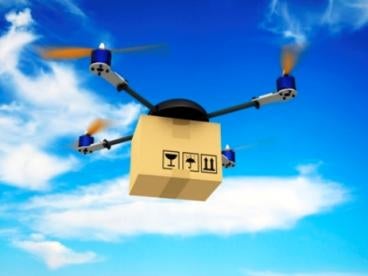On March 22, 2017, Amazon unveiled its "Prime Now" one-hour delivery service in Milwaukee, Wisconsin which brought the total number of cities where the service is available to over thirty. The Prime Now service provides the speed and convenience that many online consumers now expect. In meeting the growing consumer demand for speed and convenience, Amazon has adopted the "on-demand" workforce model similar to the one used by Uber Technologies and Lyft. The on-demand workforce concept is still somewhat in its infancy and is certainly not without its faults. It is (and will continue to be) the focus of increased regulatory scrutiny and a platform for potential suits from workers who may feel they are being exploited.
Labor Laws and the "On Demand Worker"
Amazon originally relied on third-party companies to handle its ultra-fast delivery service but began hiring "on-demand" drivers directly through its Amazon Flex program in September of 2016. There are a number of potential advantages of the "on-demand" workforce. For example, it helps the company reduce labor costs by classifying the drivers as independent contractors thereby providing flexible work arrangements and allowing the company to reduce its employment costs through opting out of local minimum wage and overtime laws. Using an on-demand workforce also allows the company to adjust the size of its workforce based on demand. However, the model also carries many risks. Namely, the risk of lawsuits from workers who claim worker's compensation, unemployment benefits or other employee benefits. The relationship could also be subject to scrutiny by the Internal Revenue Service or state taxing authorities. These are risks that retailers will need to carefully analyze and consider before implementing the on-demand workforce concept.
The Drones Are Coming
One possible solution to the workforce issues that has garnered mass media attention is Amazon's stated goal of using drones to deliver its products and packages in a half hour or less. The timetable for drone implementation has not been set but the use of drones purport to solve many of the labor law issues that continue to challenge the "on-demand" workforce model. However, the use of drones does require the review and analysis of myriad legal and regulatory issues. The legal issues requiring consideration include compliance with any applicable Federal Aviation Administration regulations which have gone into effect regarding drones. Some of these regulations appear to limit some of the potential to scale the use of drones. Retailers utilizing drones will also need to consider the labyrinth of local and state law and regulations that may be adopted.
As a leader in the world of hyper fast delivery, Amazon has already tested its competitors' ability to adapt and so far Amazon has outperformed its competition in this space. The world of traditional brick and mortar will need to keep pace by more efficiently managing their retail operations and discovering innovative ways to deliver their products to assure customer satisfaction. To accomplish this, there are many leasing, distribution and economic factors which need to be properly considered and documented,





 i
i


